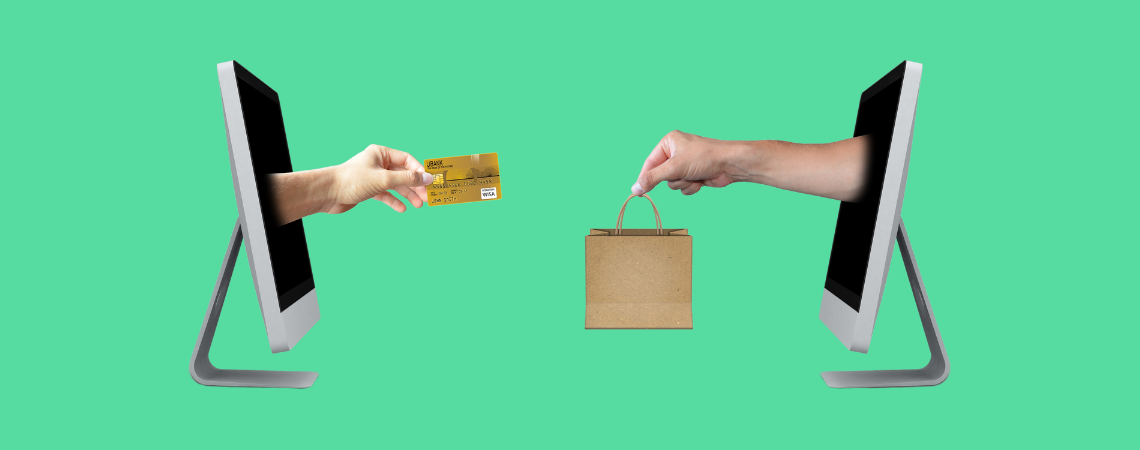Businesses have more options for receiving consumer payments than ever. Over the phone, in-person via contactless readers, and online to name a few. Offering a variety of payment options gives consumers more flexibility and increases opportunities for transactions.
However, an increase in electronic payments, especially credit cards, can increase the cost of accepting payments and eat into the businesses profit margins. Many businesses turn to convenience fees as a way to offset payment processing costs, but it’s not necessarily convenient for consumers.
Impact of COVID
Adjusting to the COVID-19 lockdowns meant many businesses had to offer flexible options just to stay afloat. Card payments accounted for 74% of non-cash payments in 2020, according to the Federal Reserve’s annual study.
It could be argued that the availability of credit cards and online payments kept businesses alive throughout the pandemic. Even as lockdowns lifted, contactless payments and digital wallets gained popularity as we became more aware of the risks of exchanging cards and cash.
What is a Convenience Fee?
Not all businesses have accepted increased payment costs as the cost of doing business. Many expect consumers to bear the cost by paying convenience fees, even with bill payments.
Convenience fees are charged by businesses when customers pay through non-standard payment channels, like online. When merchants charge a convenience fee, they must disclose the fee before the consumer completes a payment.
Convenience fees are often confused with surcharges which are charged on a specific type of payment method, usually credit cards, regardless of the payment channel. Like convenience fees, businesses are required to disclose the fee at the point-of-sale. But, surcharges can only be charged in states that allow them.
Which Businesses Charge Convenience Fees?
All businesses have credit card processing costs, but not all of them directly pass the fee to consumers. Taxes and college tuition are two types of transactions you can expect to pay credit card convenience fees on.

Across the world people are looking forward to being out of the pandemic and are wondering what the new normal might look like. Governments have incurred significant spending to strengthen healthcare infrastructure, ensure social wellbeing of the most impacted groups and boost the sustainability of businesses - especially small-sized enterprises that may be modest in terms of revenue but play a crucial role in supporting their economies. COVID-19 has accelerated digital transformation. People have adopted and embraced the new norms of remote business meetings, online grocery shopping, virtual entertainment and home schooling to keep life going while adhering to social distancing rules and travel restrictions. A cashless society supports the coronavirus controls.
Potential Legislation for Convenience Fees
The Consumer Financial Protection Bureau (CFPB) has continued to ratchet up its regulatory scrutiny over the consumer financial services market. On January 26, 2022, the CFPB published an initiative seeking public input on “junk fees” in consumer financial services. According to the CFPB, junk fees occur when:
- Fees are charged for things consumers believed were covered by the baseline price of a product or service.
- Fees are unexpected.
- The expense of the fee is greatly disproportionate to the cost of the service.
- It is unclear why a fee was charged.
While the CFPB hasn’t officially taken a stance against convenience fees, these could fall under the umbrella of convenience fees, particularly when there’s a weak connection between the fee and cost of the service resulting in the fee.
Are Convenience Fees Fair?
Both consumers and businesses benefit from online payments, but convenience fees shift the costs onto consumers. That doesn’t sound very convenient.